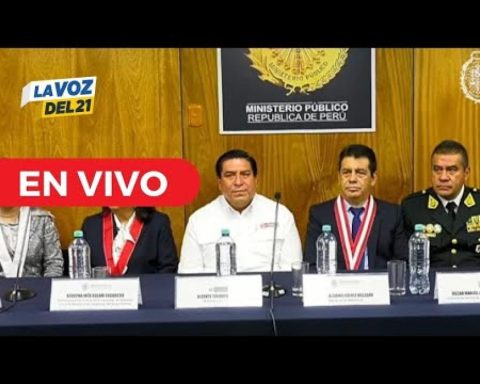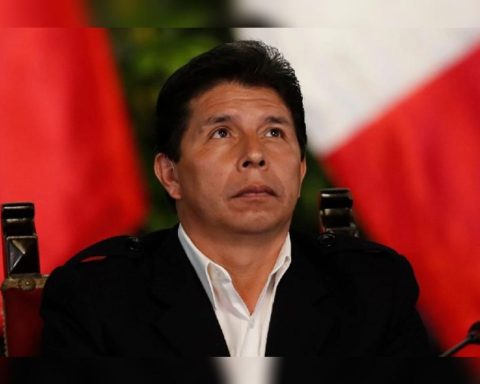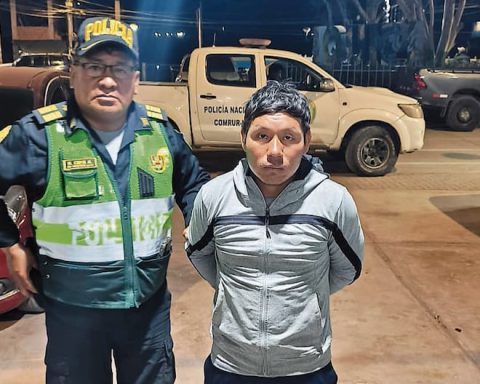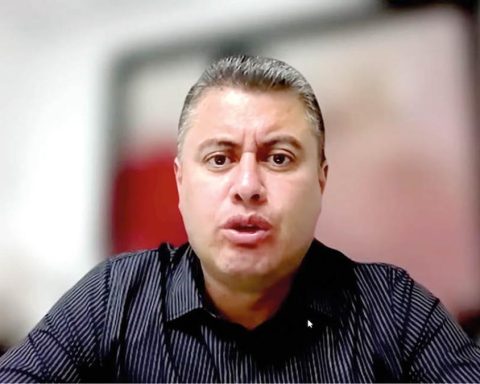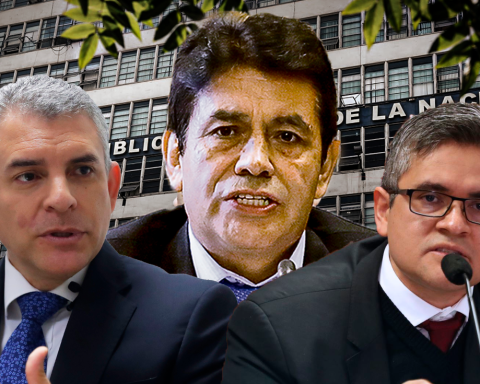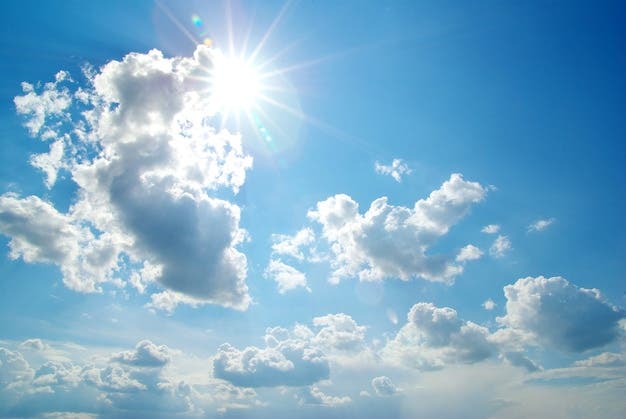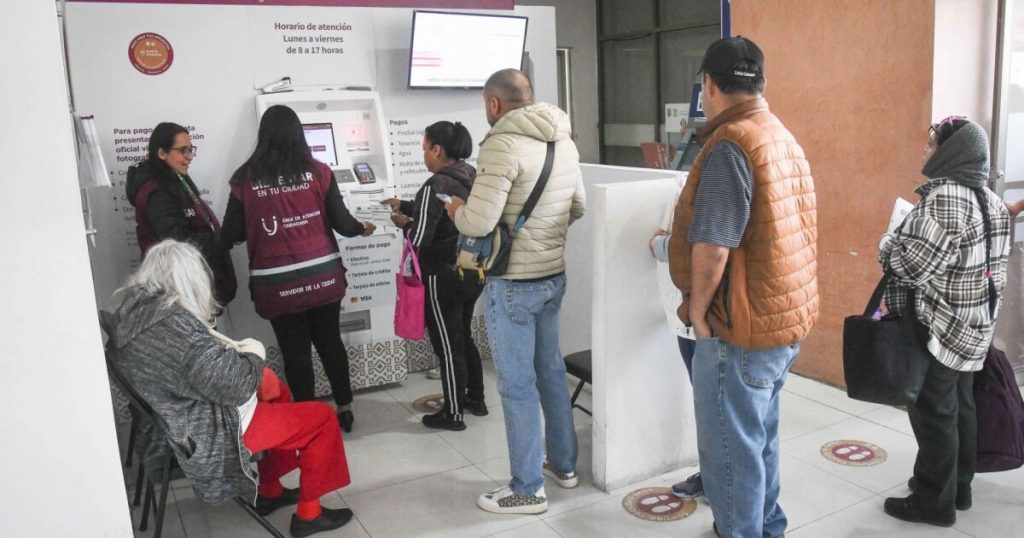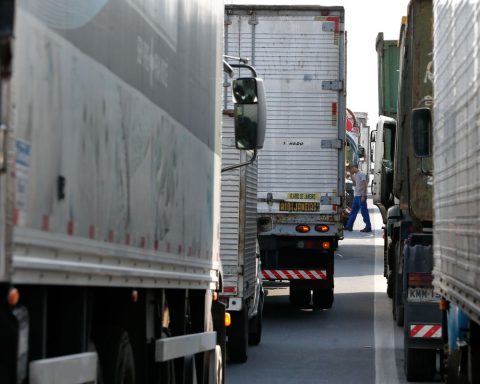Given its function of serving as a medium of exchange in transactions of goods and services and allowing the value of the latter to be expressed in monetary units, money undoubtedly plays an important role in our lives. Therefore, the great challenge for people is not only to achieve it, but also to manage it.
And in 2025, the initiative of save occupies the first place in people’s plans for what they will do with their available money, a term used in economics to describe the income left after paying taxes and financing consumption. According to an urban-rural survey by Ipsos Peru, prepared for Perú21, four out of every 10 Peruvians plan to allocate the available money to savings.
This proportion of people willing to save is quite relevant if we take into account that in Peru only 31% of Peruvians say they save, according to the Credicorp Financial Inclusion Index, and that almost half of compatriots (47%) could not cover your expenses for more than a month if you stop receiving your main source of income, as revealed by Pacífico Seguros’ Resilience Index. Both studies were also carried out by Ipsos.
Furthermore, if analyzed by region, the largest population willing to save is in the center with 49% and in the north with 40%. In contrast, the regions whose percentage of the population is below average are the east (21%) and south (34%).
The survey also reveals the awareness that Peruvians are gradually having to manage their resources. 36% mentioned that they would allocate their available money to spending on education for both themselves and their children. This use is also important if we take into account that investment in human capital is essential to increase income. Along the same lines, but in a smaller proportion, 24% indicated that they will use their available money to undertake business.
On the other hand, among the other uses for the available money, 21% affirm that they will use it to pay debts, 12% to purchase homes and 7% for travel.
Cautious
For Enrique Díaz, former SBS official and founder of the financial advisory consultancy MC&F, the results of the Ipsos survey show that Peruvians are being more cautious regarding the spending they make.
“The highest percentage appears ‘savings’, but I think it should be read as consumption not made immediately, because perhaps it is not clear what purpose that money will go to. In any case, we could call it savings in the short term,” he said.
Díaz also expressed that this caution in spending is a reflection of the low economic growth that the country has recorded for some years. “The majority of Peruvians see less capacity to generate income, less stable employment, fewer sales from merchants, in short, a series of elements that make them make more limited budgets,” he highlighted.
Now available in Yape! Find us at YAPE Promos.
RECOMMENDED VIDEO

